MO Tested: Dainese Misano 2 Review

Dainese's latest airbag-equipped race suit
Dainese has long been a purveyor of innovative safety equipment for riders, claiming the first knee sliders in 1979, back protector in 1981, and carbon/Kevlar knuckle protection in 1995. In 2012, the Italian company made another first, becoming the first manufacturer to offer airbag protection in an off-the-rack (or custom) leather racing suit in America, the D-Air Racing. We are now seeing the third generation of D-Air technology used in the current race line-up as well as road applications available in multiple styles of jackets for both men and women.
The Misano 2 D-Air is Dainese’s top-of-the-line one-piece suit available off the rack for men. This latest iteration of the Misano puts an emphasis on comfort to promote freedom of movement as well as streamlining the outside of the suit to better protect the rider. The third generation of D-Air Racing technology is, of course, also improved as Dainese continues to strive to create the best protection for riders in terms of hardware and software.
D-Air
For more than 25 years Dainese has been testing, developing and improving upon its airbag technology. Currently, Dainese’s D-Air technology is used by over 50 pro athletes in disciplines spanning from MotoGP to skiing.
The third-generation of D-Air is made up of what Dainese calls the “brain”, and “heart” of the system. The brain, contained in the aerodynamic hump, consists of three accelerometers, three gyroscopes and one GPS sensor. These sensors, along with a database of parameters with telemetry data collected throughout the years by Dainese, work together to detect highside or lowside crashes with tumbling in order to decide whether it should deploy the airbag. The system is constantly monitoring its sensors at a rate of 1000 times per second. The “heart” is the airbag itself, which is said to inflate within 30 milliseconds (the blink of an eye is typically 300 to 400 milliseconds) and uses microfilaments throughout to ensure even gas propagation. The system is switched on once the suit’s collar snap is connected.
The Racing D-Air system is just that, meant for track use only. It is designed not to go off during low-speed lowsides or other relatively non-violent crashes and will not arm until the GPS senses speeds more than 50 kph (31 mph). Unlike Dainese’s Road systems which offer more coverage for the torso, the airbag in the Misano 2 covers only the neck and shoulders to prevent common injuries to the shoulders and collarbone. Dainese says, when testing for European safety standards, the D-Air system reduces transmitted force by 85% over its traditional CE level 2 shoulder protection.
The system also has 4 gb of internal memory to store data and uses a lithium polymer battery which is said to last for eight hours of use. During track days, I’ve never had an issue with the battery and always charge it the night before to ensure that the system is read to go for the following day. The battery level is indicated when plugging in the charger via the multicolor LED indicator on the sleeve.
The system also allows users access to data including lap times, speed, accel and decel, banking, and position. Currently, for D-Air Race applications, the user is required to download software from 2D-Datarecording in order to access the information. The airbag system’s status is shown through the multi-color LED on the arm of the suit with a sequence of flashes. Rather than explain all of those meanings here, I suggest a look through your owner’s manual.
Protection
Aside from the protection provided by the D-Air system, the Misano 2 suit utilizes a plethora of materials and processes that Dainese believes delivers the utmost safety to its customers. The majority of the Misano 2’s construction is made from Dainese’s D-Skin 2.0 cowhide. Not only is this leather supple and comfortable, it is also selected specifically for its longer intact fibers. This specially selected leather is then treated with resins and silicone waxes to enhance overall abrasion and tear resistance.
The seamless aluminum sliders found at the shoulders, elbows and knees are said to promote sliding better than non-metal materials while also delivering an extra layer of impact absorption. The suits elbow sliders are replaceable without tools should you find yourself burning through them. Inside the suit are composite CE level 1 elbow and knee protectors as well as CE level 1 ProShape protectors on the hips and shoulders. Even your coccyx gets a little extra padding. The suit also ships with a CE level 1 back protector, though the lack of shoulder straps can make it a bit of a pain to keep in place. An inner-knee grip panel is placed on the inside of the knees for confident contact with the bike.
Fit
Aside from the peace of mind that the D-Air system gives me at the track, the fit of the Misano 2 is the best of any one-piece I’ve used and allows me to forget about the suit and focus on the task at hand. A combination of bi-axial leather panels, micro-elastic, and S1 bi-elastic stretch fabric found throughout the back, legs, and sides allow for maximum range of motion in all the ways one might need while on a motorcycle. These same carefully designated panels are used in such a way that, should you come off of the motorcycle, prohibits your body from flailing in ways it shouldn’t. It also uses the suit-to-boot system which allows Dainese’s “in” style boots to fit underneath the leathers and fastens via a few large Velcro panels. When zipped down, the boot is not only securely in place, it also provides a streamlined connection to reduce potential catch points on the motorcycle.
The Misano 2 does fit snug, and when correctly sized, it should. Once you’re in the riding position, all of that uncomfortable pulling at various parts of your body should loosen up to remind you that, oh yeah, this suit is made for riding motorcycles, not walking around the paddock.
The Misano 2 comes in perforated or non. I opted for perforation because, well, California desert track days are where most of my track riding is done. Panels of Dainese’s 3D bubble liner help to create space for better airflow. The NanoFeel liner is made from an antibacterial fabric to help mitigate stink, but don’t forget, it’s removable, so give it a wash every once in a while. Also helping to mitigate discomfort in hotter climates, the aerodynamic hump which houses the D-Air sensors is also built to take a specially shaped water bladder which easily connects to the Pista GP RR hydration system (and probably others).
Locking zippers are used at the cuffs and the D-Air branded snap at the collar is how you arm the system. One thing I must say, while the suit provides excellent mobility and, though I haven’t had to use it, is what I hope is excellent protection, it is heavy. We’re talking 14 pounds heavy. Of course, if weight is an issue, and money is not, Dainese offers the Mugello RR D-Air suit which is in many ways the same as the Misano, except for being constructed from Kangaroo leather. The Mugello RR is available only as a custom fit job and starts at $4,499, which makes the Misano 2’s MSRP of $2,499 a bargain.
The price is hefty, but it’s not much when you start thinking about hospital bills. As mentioned before, the Misano 2 D-Air is the most comfortable and best fitting suit that I own. Every body is different though and I highly recommend trying on suits before buying if you’re able. It also helps to visit a brick-and-mortar store with knowledgeable individuals that can help assess your needs if you’re new to one-piece suits. Dainese has D-Stores throughout the world and stocks its entire line-up at these stores which really helps when trying to make a decision.
Shop for the Dainese Misano 2 here
We are committed to finding, researching, and recommending the best products. We earn commissions from purchases you make using the retail links in our product reviews and other articles. Learn more about how this works.
Become a Motorcycle.com insider. Get the latest motorcycle news first by subscribing to our newsletter here.

Ryan’s time in the motorcycle industry has revolved around sales and marketing prior to landing a gig at Motorcycle.com. An avid motorcyclist, interested in all shapes, sizes, and colors of motorized two-wheeled vehicles, Ryan brings a young, passionate enthusiasm to the digital pages of MO.
More by Ryan Adams




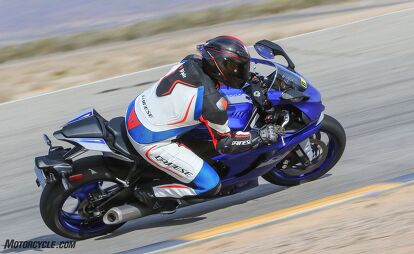





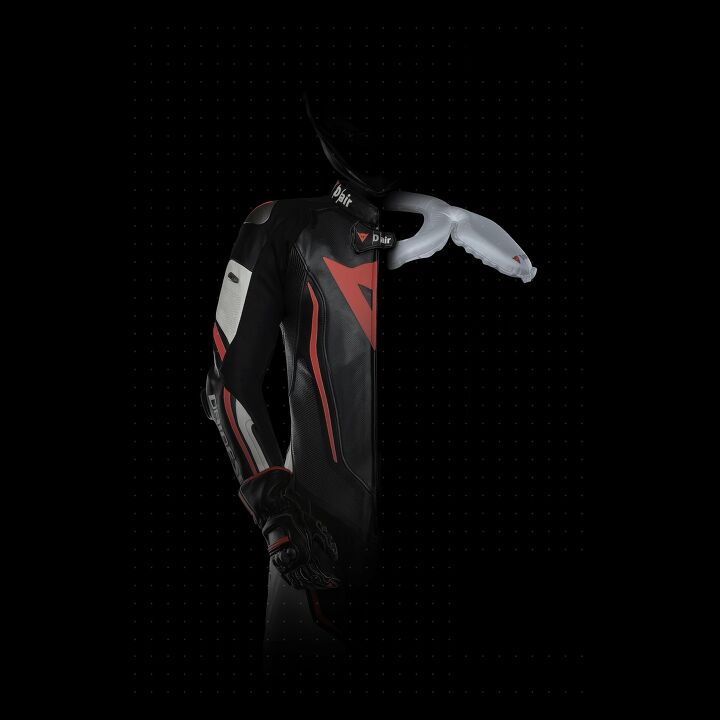










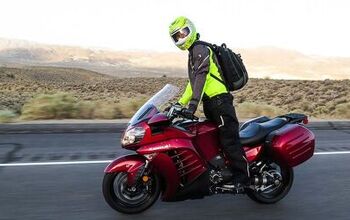

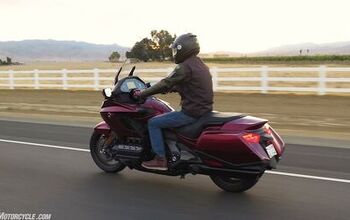
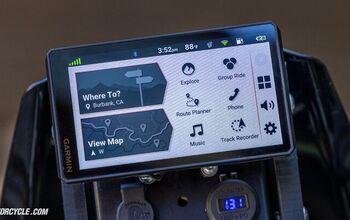
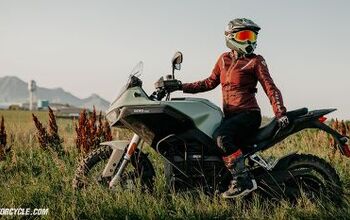
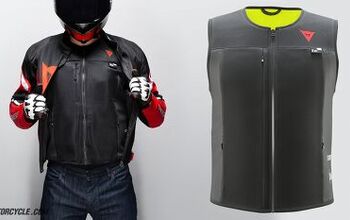
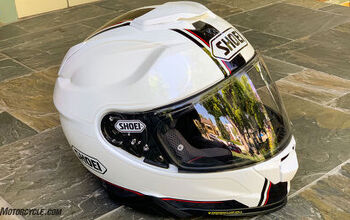








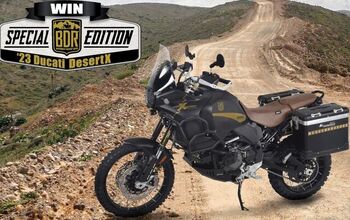


Comments
Join the conversation
Have one. Does give peace of mind on the track, but took a couple fittings and months and months and months to get it right. And is still not exactly comfy on or off the bike. Hellishly expensive. I'm on the cusp about whether it's really worth it - but don't want to take the chance after fracturing my collar bone (and other things) in a racing crash. Suit is HEAVY.... As the review said, the D-Air vest, which I also own, is much more comfortable and gives a different (maybe better) level of protection. I've thought about using mine over my old custom leathers on the track.
But better safe than sorry. I have more confidence in the Dainese system - and their leathers - than that of some competitors.